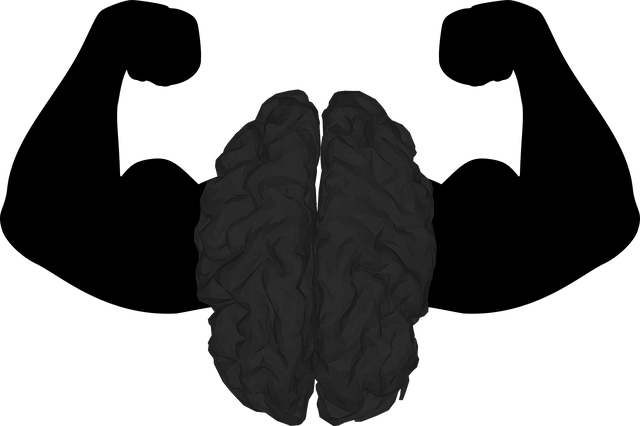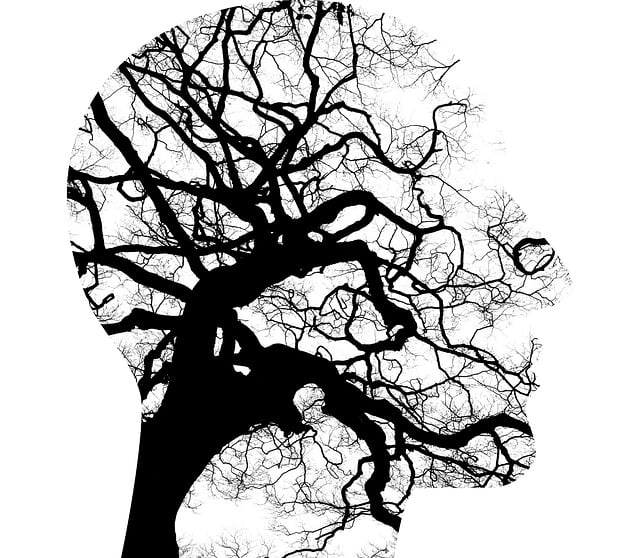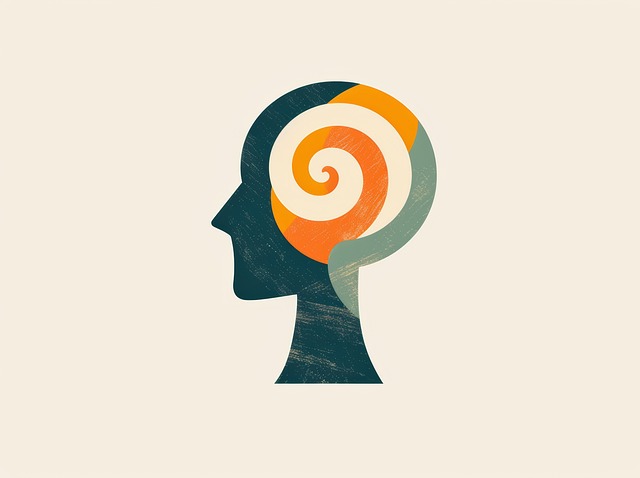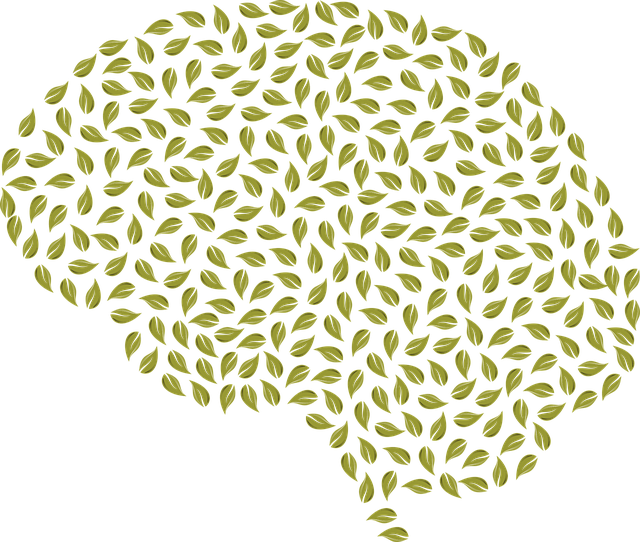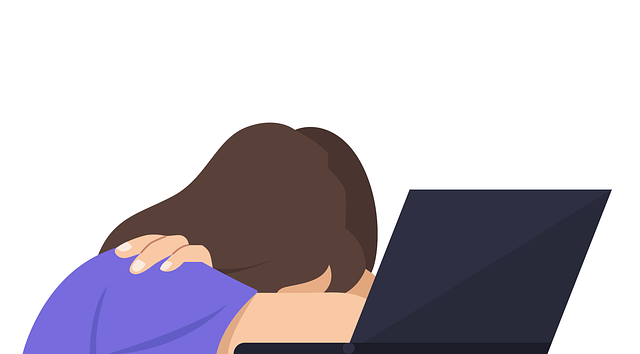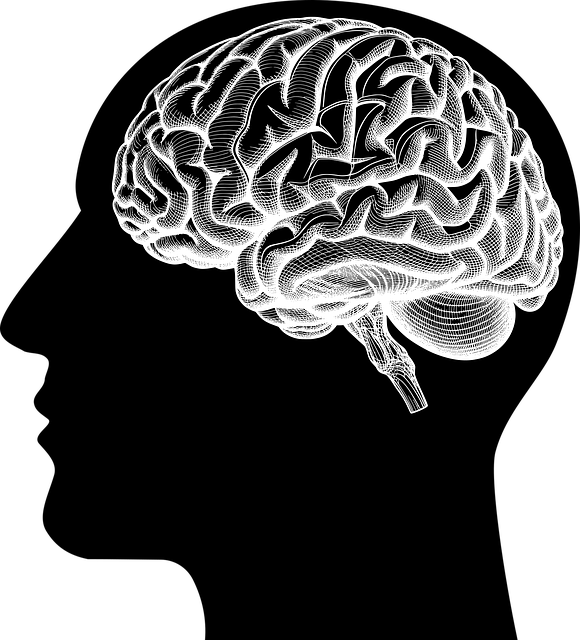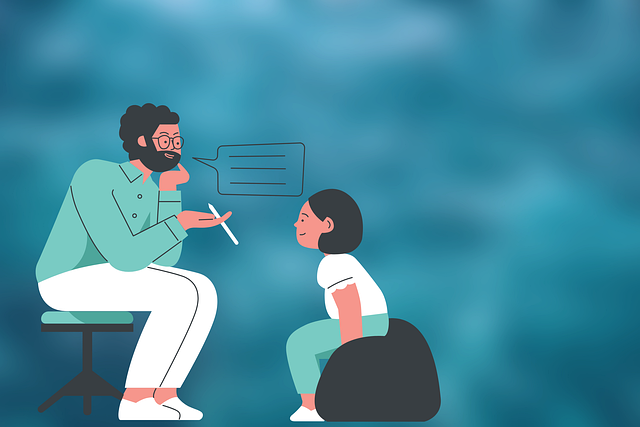Mindfulness meditation emerges as an effective therapy for young children chronic pain, teaching them to observe and accept sensations without judgment. By cultivating compassion and awareness, children build emotional resilience, reduce stigma around pain and illness, and gain control over their symptoms. Integrating mindfulness into daily routines through simple practices enhances well-being, concentration, and empathy, with significant benefits achievable through parental involvement.
Mindfulness meditation emerges as a powerful therapy for young children grappling with chronic pain, offering a compassionate approach to managing their conditions. This article delves into the transformative benefits of mindfulness practice for pediatric chronic conditions, providing a comprehensive guide for parents and caregivers. From understanding the core principles to practical step-by-step implementation, we explore tips and strategies to facilitate effective mindfulness sessions tailored for kids, empowering them to navigate pain with enhanced resilience and well-being.
- Understanding Mindfulness Meditation for Young Children with Chronic Pain
- Benefits of Mindfulness Practice in Managing Pediatric Chronic Conditions
- Step-by-Step Guide to Implementing Mindfulness Meditation in Daily Routines
- Tips and Strategies for Facilitating Effective Mindfulness Sessions for Kids
Understanding Mindfulness Meditation for Young Children with Chronic Pain

Mindfulness meditation has emerged as a powerful therapy for young children experiencing chronic pain, offering a gentle and effective approach to managing discomfort and improving overall well-being. This ancient practice focuses on training the mind to be fully present in the current moment, accepting thoughts and sensations as they are, without judgment. For kids with chronic pain, mindfulness can provide a valuable tool to navigate their sensory experiences and develop emotional regulation skills.
By incorporating compassion cultivation practices into meditation sessions, children learn to cultivate kindness and understanding towards themselves and their bodies. This is particularly beneficial in reducing the impact of mental illness stigma, which often accompanies chronic pain in young individuals. Mindfulness meditation encourages kids to observe their pain without reacting with fear or anxiety, fostering a sense of calm and empowering them to take an active role in their healing process. Through regular practice, these children can enhance their emotional resilience and develop healthy coping strategies for managing both physical discomfort and psychological challenges.
Benefits of Mindfulness Practice in Managing Pediatric Chronic Conditions

Mindfulness meditation has emerged as a powerful tool for managing chronic conditions in pediatric patients. By focusing on the present moment and cultivating awareness, young individuals can learn to navigate and cope with persistent pain or other health challenges. This practice offers a unique approach to therapy, encouraging children to develop a deeper understanding of their bodies and emotions. The benefits extend beyond physical symptoms; mindfulness enhances emotional regulation, improves focus, and fosters empathy within both the child and their support network.
For kids suffering from chronic pain, mindfulness can be a game-changer. It enables them to build resilience and navigate the often complex journey of healthcare. Public awareness campaigns and initiatives aimed at educating parents, caregivers, and educators about these mind over matter principles can significantly contribute to a child’s well-being. By integrating empathy-building strategies into these practices, we can create an environment that supports and empowers young people to manage their conditions effectively.
Step-by-Step Guide to Implementing Mindfulness Meditation in Daily Routines

Implementing mindfulness meditation into your daily routine can be a powerful tool for managing chronic pain and fostering emotional healing processes in young children. Here’s a step-by-step guide to help you get started:
1. Set Intention: Begin by setting an intention for your practice, focusing on relief from physical discomfort or enhancing emotional intelligence. This mental framework will guide your meditation and help young practitioners connect with their inner selves.
2. Choose a Quiet Space: Find a peaceful spot where you won’t be disturbed. A quiet environment encourages mindfulness and allows children to focus on their breath without external distractions, which is key for developing emotional healing processes.
3. Get Comfortable: Sit comfortably with your back straight but not rigid. This posture promotes relaxation and enables better awareness of bodily sensations, a crucial aspect when addressing chronic pain.
4. Focus on Breath: Close your eyes and bring your attention to your breath. Notice the sensation of air flowing in and out—a simple yet effective technique for calming minds and bodies, especially beneficial for depression prevention.
5. Observe Without Judgment: As you breathe, scan your body for any sensations without judgment or attachment. This practice helps children become aware of chronic pain areas without becoming overwhelmed by it, fostering emotional intelligence and coping mechanisms.
6. Return to Breath: If thoughts or distractions arise, gently guide your focus back to your breath. This process strengthens mindfulness skills, enabling children to navigate emotional healing processes more effectively.
7. Consistency is Key: Integrate this practice into daily routines for optimal benefits. Regular meditation sessions can significantly enhance emotional intelligence and provide therapy for young children experiencing chronic pain.
Tips and Strategies for Facilitating Effective Mindfulness Sessions for Kids

Teaching mindfulness to children can be a powerful tool for managing chronic pain and promoting overall mental wellness. Start by creating a calm environment, using age-appropriate language, and incorporating fun activities like guided visualizations or mindful movement exercises. Make sessions short and consistent, adapting techniques based on each child’s unique needs and preferences.
Incorporate interactive elements such as games, stories, or art projects that encourage active participation. This approach not only makes mindfulness more engaging for kids but also aids in their development of self-awareness and emotional regulation skills. Remember, the goal is to foster a sense of safety and support, allowing children to explore their thoughts and feelings without judgment. Encourage parents to practice alongside their children, reinforcing these practices at home through activities like mindful breathing or body scans.
Mindfulness meditation offers a gentle and powerful tool for young children experiencing chronic pain, providing them with skills to navigate their sensory experiences and emotional responses. By integrating mindfulness into daily routines, parents and caregivers can foster resilience and enhance overall well-being. This therapy for young children with chronic pain is accessible and effective when guided by the right practices and strategies, as outlined in this article. With regular practice, mindfulness meditation has the potential to transform lives, promoting a sense of calm and control for kids facing ongoing health challenges.




